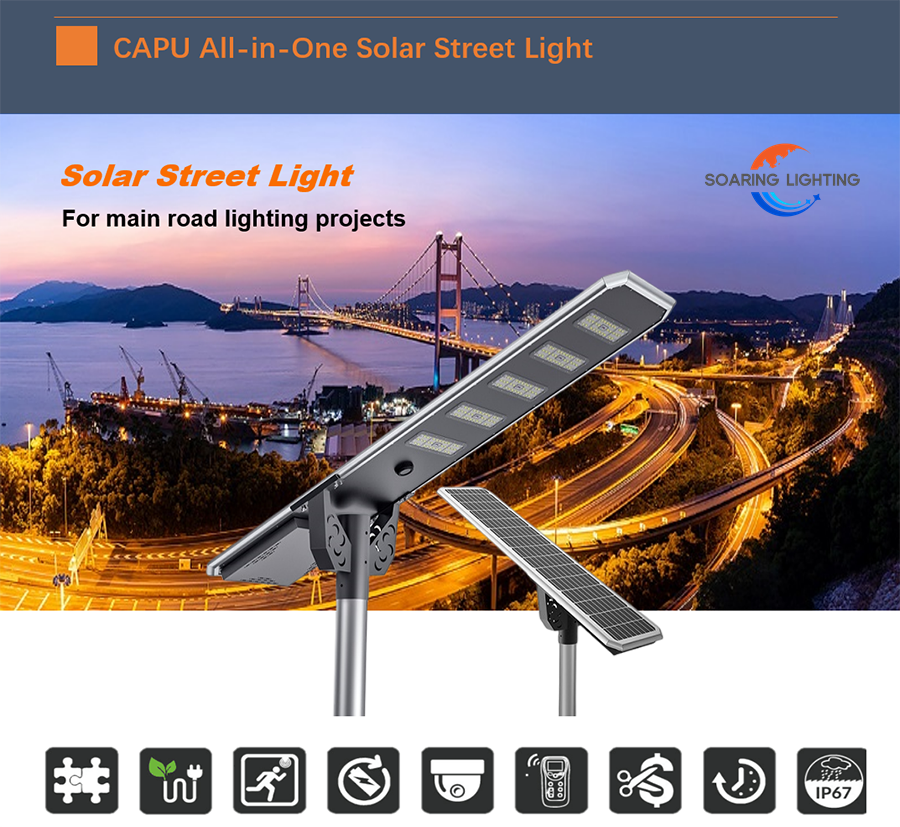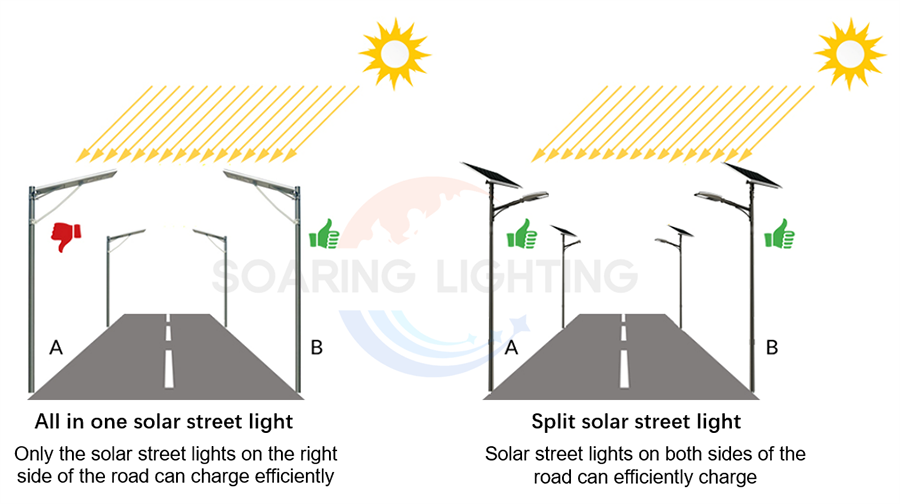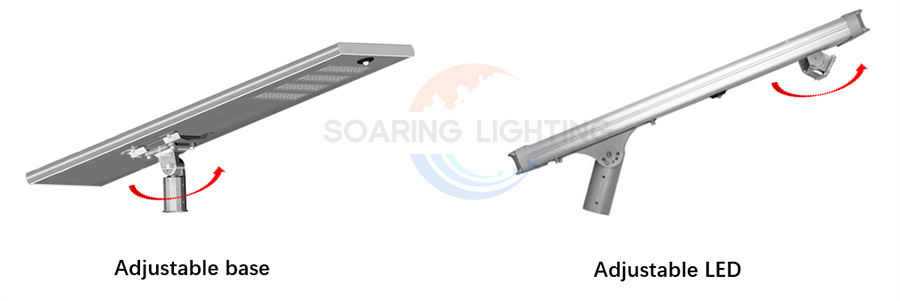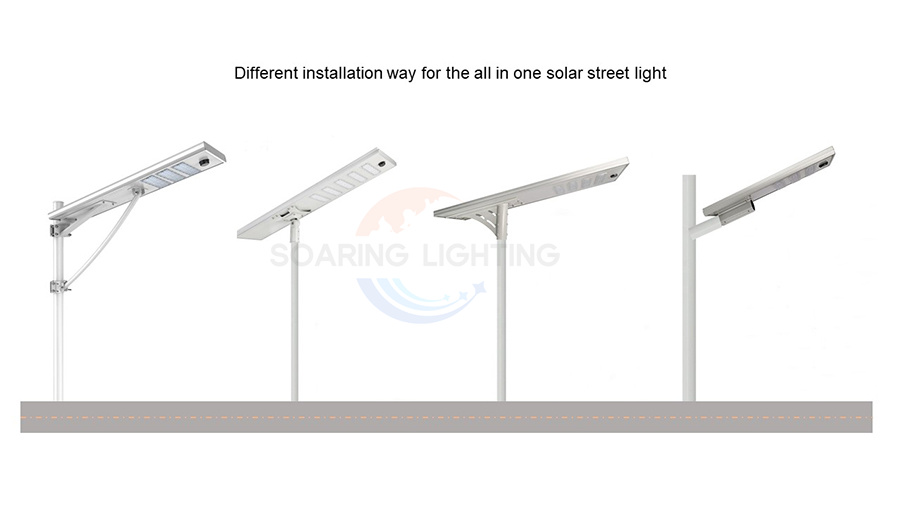Blog
Integrated Solar Street Lights: Advantages and Disadvantages

With the widespread application of lithium batteries in solar street lights, integrated solar street lights have become a crucial player in outdoor lighting. In recent years, they have gained increasing popularity. Are they suitable for all requirements and perform well in all regions? What type of solar light should you use? That's a good question!
Advantages of Integrated Solar LED Street Lights:
The
primary reason for their growing popularity lies in their compact design. The
lithium battery and solar controller are integrated into the light fixture,
with the solar panel mounted on top. Upon receiving the light, customers don't
need complicated assembly or tuning – simply turn on the switch, and the light
operates smoothly. Installation is also straightforward, requiring only a sunny
location. It can be conveniently installed on walls, lamp posts, or any other
mountable surface. Using this type of solar light to illuminate the night in
places with power shortages is an excellent choice. Integrated solar street
lights are particularly well-suited for countries or regions with abundant
sunlight throughout the year, such as many Middle Eastern countries, South
America, Africa, and select Asian countries.
Disadvantages of Integrated Solar LED Street Lights
A: Power Limitation of Solar Panels
In
general, the design dimensions of integrated street lights are determined based
on the size of the solar panel. Consequently, the size of the solar panel
cannot be easily adjusted. Therefore, for high-power solar street lights or
lights requiring 100% output throughout the night, integrated solar street
lights may not be suitable due to insufficient solar panel power.
B: Directional Limitations
Due
to the all-in-one design, solar lights are fixed entirely at the top of the
fixture, with the solar panel direction perpendicular to the road. The solar
panel cannot rotate to meet the optimal charging direction for maximizing
sunlight utilization. Typically, if the freedom to adjust the direction of the
solar panel is needed, a split-type solar street light should be considered.

Enhancing Integrated Solar Street Lights: Addressing
Weaknesses
Given the weaknesses of integrated street lights, Soaring Lighting has conducted research to enhance their performance in several aspects.
Sensor
Energy-Saving Mode: We have designed a motion sensor that triggers the light to
maintain 100% output when someone passes by. After the person leaves for about
2 minutes, the light switches to an energy-saving mode, operating at
approximately 30% power. This energy-saving mode can extend the working time of
the street lights by 40-50%.
MPPT
Street Light Controller: Our integration of MPPT (Maximum Power Point Tracking)
street light controllers, compared to PWM controllers, improves charging
efficiency by 20%. This effectively compensates for the power limitations of
solar panels.
Adjustable
Angle Design: While the direction of the solar panel cannot be changed, we have
designed integrated street lights with adjustable angles. This feature enhances
the charging efficiency of the solar panel, prolonging the illumination time of
the lights.

In
summary, in regions with limited sunlight, integrated solar street lights may
not be an ideal choice. However, if the installation area has good sunlight, or
the lights are intended for side roads or smaller pathways, integrated lights
are a cost-effective and suitable option. With 12 years of experience in
manufacturing lithium battery solar street lights, Soaring Lighting can provide
various solutions to meet your specific requirements. If you have projects in
this regard, please feel free to contact us.

No previous
NEXT:NMC Batteries vs. LiFePo4 Batteries: A Comprehensive Comparison
